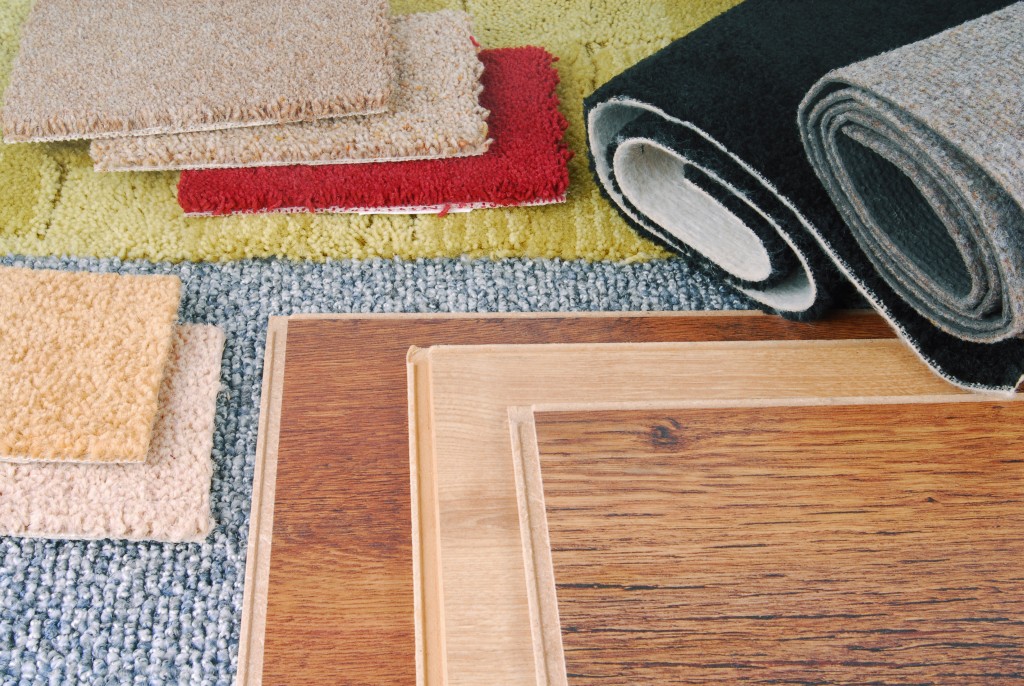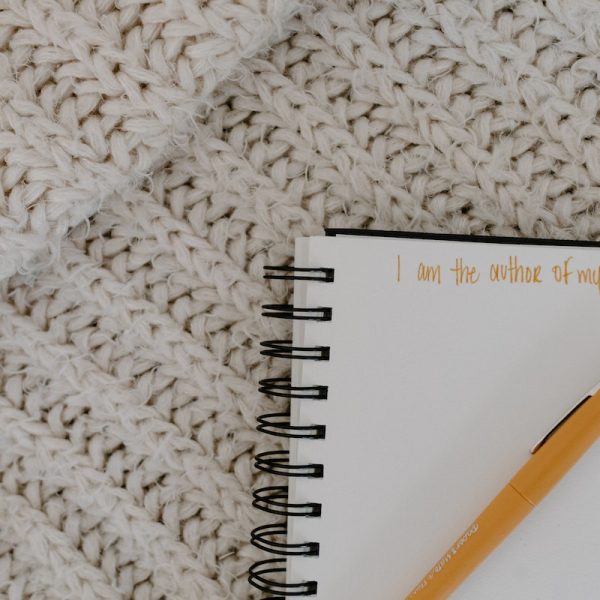Stress has always been an integral part of our lives. Whether it’s working at the office, that adrenaline rush from biking downhill, or just about any vigorous activity that we do, stress is what will usually drive us to exert more effort in our activities. However, at a certain point in our lives, anxiety, and pressure from work can also be detrimental to our health. Eventually, work burnout can also affect the overall performance of our work.
If you’re stressed out but need to power through with your workload or your workout routine, doing some much-needed breathing techniques can help you manage your stress levels and anxiety.
Even when you’re on vacation, you might be getting that one notification from work that can give you anxiety. No worries, we’re here to help you cope with your anxiety. Whether you’re at the office, at home, or even on vacation, we’ll be giving you much-needed breathing advice.
Stress and Anxiety: What’s the Difference?
Most of the time, people will confuse stress with anxiety. That isn’t a surprise since both will have almost near-identical symptoms. Still, there are some stark differences between the two.
Stress
It is usually caused by external stimuli. Most of the time, this is caused by various factors, which can range from workspace interaction, personal matters, to deadlines that need to be done at a specific date. Right after you have done a particular task, the symptoms of stress will usually subside. Sometimes, stress will induce the fight-or-flight response, causing your body to produce a good volume of adrenaline and dopamine.
While stress in short bursts can help us get through with our daily workload, it can be detrimental long-term. Stress can cause a sudden increase in blood pressure and chest tightness. Psychologically, long-term exposure to stress can lead to depression.
Anxiety
Compared to stress, anxiety doesn’t subside as easily. Even when you’re done with a particular task, anxiety might still linger. Often, this is caused by our thoughts, theory-crafting possibilities, and what-ifs. Did I do the task well? I wonder what the feedback will be like? These are usually some questions that will cause anxiety. However, there are also times that people will not be able to pinpoint that’s causing their anxiety.
If ever you do feel long bouts of anxiety, without any known underlying cause, it’s advised that you see a medical professional that can help you with your condition. Suppose you find yourself going on a vacation in the fantastic cliffs and white sand beaches of Bali. In that case, there are always medical professionals at an international hospital that’s ready to treat your anxiety.
Curbing Your Stress
 There are three known ways of calming yourself from anxiety through different techniques. Here are simple techniques that almost everyone can do:
There are three known ways of calming yourself from anxiety through different techniques. Here are simple techniques that almost everyone can do:
Yoga
Specific yoga practices, such as belly breathing, is known for being one of the best methods of calming your nerves. That is considered one of the best breathing techniques that beginners can use without any professional supervision.
Three-Part Breathing
This type of breathing technique falls under yoga, which is also called Dirga Pranayama. It helps clear up your thoughts by bringing in a reasonable amount of oxygen to your body. The central premise is that negative energy in the form of body waste usually causes negative thoughts in our bodies.
- The three parts refer to your lower belly, below your rib cage, and then area right above your sternum.
- You can choose any position that you’re comfortable with, as long as your back is straight and your belly isn’t pressed.
- Position a hand on your lower belly and the other on your right rib’s outer border.
- Then, inhale through your mouth right before raising your hands above your head in tandem with your breathing.
- As you continue inhaling, position your hands on your clavicle.
- As you exhale, visualize that you’re releasing air from your belly, lungs, and throat.
- Repeat for 10 minutes.
Calm Breathing
As the name suggests, this technique is geared towards soothing your nerves from stress and anxiety. It is usually done daily by individuals who have a vigorous workout routine.
- It can be done while you’re sitting down or standing. You will need to position both of your legs apart.
- Inhale through your nostrils, then through your belly. As you inhale, count to 5. Then exhale after counting to five. You don’t necessarily need to get to five if you can’t reach there.
- Repeat the process for five minutes.
We have to accept that stress and anxiety are normal responses from our body to external stimuli. However, too much stress and anxiety can lead to health complications. If you’re trying to power through your workload without having to get a massage or a hot bath, you might want to consider these breathing techniques. Whether you’re at the office, on vacation, or merely staying at home, these techniques can be done anywhere.
It’s important to note that there are different ways of relaxing other than using these techniques. If time permits, you can take breaks in between stressful tasks, going out for a jog, or getting a well-deserved massage that can help with almost any mental weight.




